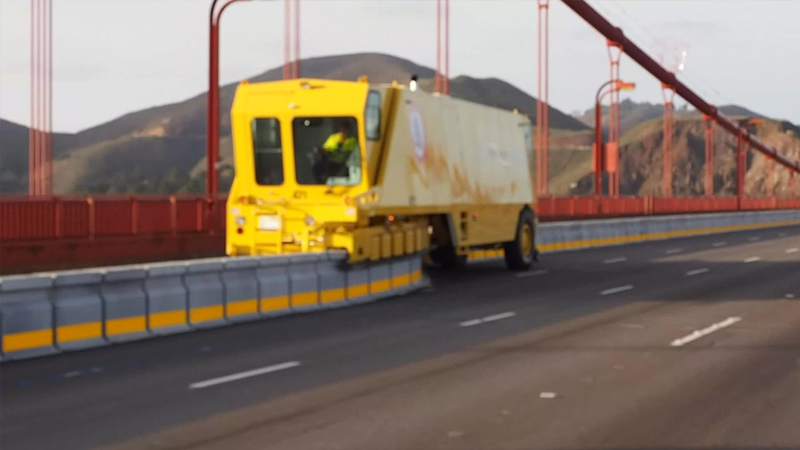
Traffic congestion during peak hours in urban cities is inevitable. This is owing to the ever-rising rate of vehicle purchases plus the high population of people living in cities. Based on congestion data findings, the United States holds the top spot as the most congested developed country. Among cities, Los Angeles takes the lead in the ranking followed by New York. The congestion data shows that Los Angeles motorists spend an average of 102 hours stuck in traffic every year.
Any idea to ease traffic congestion needs to take into account various changes in the pattern of motorists on the road. Urban traffic demand varies depending on the time, day of the week as well as season. Direct consequences of urban congestion relate to traffic jam, air pollution and a decrease in road safety.
Despite the variance of each city’s transportation problems, the Road Zipper concept turns out to be the most effective solution to ease traffic congestion in manageable lanes.
So how does the Road Zipper function?
This dynamic tool is basically a heavy vehicle that carries and transfers lane dividers efficiently and in the shortest time possible. They help ease traffic jam during peak hours or when the road is under construction.
The Road Zipper’s undercarriage contains an S-shaped inverted conveyor. This conveyor does the task of lifting and moving barriers weighing up to 1000 pounds, from one side of the road to the designated road where the barrier is needed. The beauty of all this is that it works efficiently in easing traffic congestion. Moreover, the process is super quick compared to the time taken and workmanship required if done manually.
The dynamic Road Zipper machine is a solution to transportation headaches as it can move up to 50 feet of barrier between 4 and 24 feet just in one pass. This admirably-engineered machine can swiftly move at a speed of 5-10 miles per hour.
The movable zipper barrier machine is piloted by two operators seated at opposite ends of it; typically at a 25 degree angle (the “crab angle”) along the barrier. The machine is able to ease traffic congestion without hindering other motorists from moving swiftly. The minimum length for some barrier systems is 100 feet (30 m). The length can vary based on application, and the amount of barrier needed. Some barrier systems have four rubber feet beneath each segment. The purpose of the rubber feet is to increase the coefficient of friction between the barrier element and the road surface. This helps the barrier resist vehicle impact and keeps the barrier from moving significantly if struck.
The Road Zipper barrier transfer machine is ideal in providing a lasting solution to traffic congestion and at the same time improving road safety.

Startup
A startup or start-up is a company or project undertaken by an entrepreneur to seek, develop, and validate a scalable business model. While entrepreneurship refers to all new businesses, including self-employment and businesses that never intend to become registered, startups refer to new businesses that intend to grow large beyond the solo founder. At the beginning, startups face high uncertainty and have high rates of failure, but a minority of them do go on to be successful and influential. Some startups become unicorns; that is privately held startup companies valued at over US$1 billion.
Actions
Startups typically begin by a founder (solo-founder) or co-founders who have a way to solve a problem. The founder of a startup will begin market validation by problem interview, solution interview, and building a minimum viable product (MVP), i.e. a prototype, to develop and validate their business models. The startup process can take a long period of time (by some estimates, three years or longer), and hence sustaining effort is required. Over the long term, sustaining effort is especially challenging because of the high failure rates and uncertain outcomes. Having a business plan in place outlines what to do and how to plan and achieve an idea in the future. Typically, these plans outline the first 3 to 5 years of your business strategy.
Design principles
Models behind startups presenting as ventures are usually associated with design science. Design science uses design principles considered to be a coherent set of normative ideas and propositions to design and construct the company's backbone. For example, one of the initial design principles is "affordable loss".
- Log in to post comments